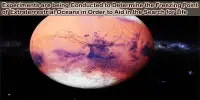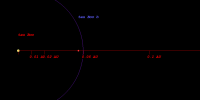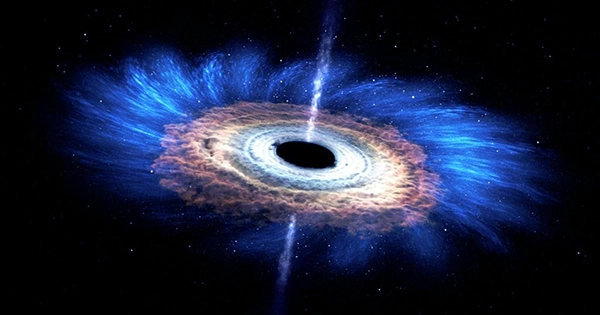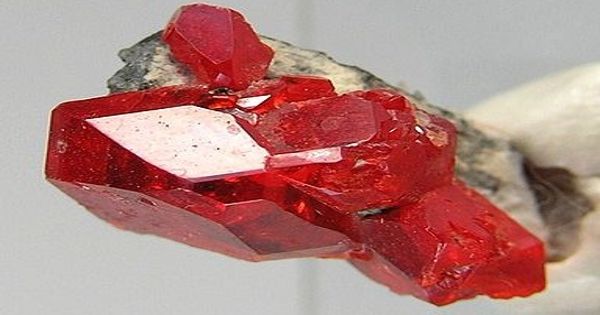On some evenings, the Moon appears to be closer and larger than normal. A large circular thing gently creeping up behind my friend Nancy’s house, which was on a hill on the opposite side of our hamlet, baffled and then scared me one summer evening when I was a youngster.
I recognized it was the Moon at some point and raced running through the garden to inform my father and get him to come see it. It was the size of a house, rich orange in color, and unmistakably significant. My father grumbled something about perspective before returning to his gardening or piano practice. I continued to stare at the Moon, unconvinced. After the Moon had risen higher in the sky, it returned to its normal appearance. Welcome to the Moon illusion, as astronomers like myself refer to it.
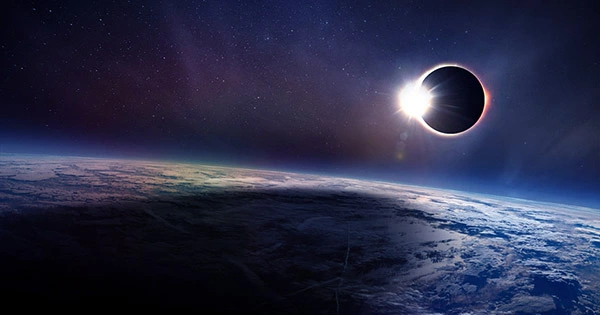
When the Moon appears to be enormous, it might be difficult to believe that it is simply an illusion, but it is real. You may put the illusion to the test and even record it with a webcam. For ages, astronomers have debated the Moon illusion, and there are several truths that they all agree on. When the Moon is full and close to the horizon, people note that it appears larger and closer. This is because your mind determines the size of an object like the Moon by comparing it to other, more known objects.
Assume you’re standing outside near your home. Your home will appear larger, and the Moon will appear normal if it rises close to it. However, when viewed from afar, a home seems to be rather little. The illusion arises from the fact that the Moon is so far away that it seems to be the same size no matter where you are on Earth. It’s the objects your mind compares the Moon to, such as a home, a mountain, or anything else, that appear larger or smaller depending on how far away you are from them. As a result, when the Moon rises near to a far home or a distant mountain, it appears massive.
Photographers utilize this technique to get stunning shots of faraway things with the Moon in the background. When people go on vacation to wide-open places, they frequently experience the Moon illusion. This might explain why large Moons evoke strong recollections of good times.
CHANGING ORBITS AND ATMOSPHERIC ZOOM, the Moon illusion has various plausible-sounding but incorrect explanations. Most of them are based on some sort of fact, so they keep going. The first is that the Moon is magnified by the atmosphere, which functions as a lens. When the Moon is near the horizon, its light must travel through a substantially larger portion of the Earth’s atmosphere than when it is directly above. It’s true that all that air acts like a big prism, bending light rays and altering the Moon’s color and shape. It does not, however, function as a magnifying glass.
Then there’s the notion that the Moon is actually closer on some nights. Because the Moon’s orbit isn’t entirely round – it’s more of an oval shape known as an ellipse – the Moon gets closer and further away over the course of a month. A supermoon occurs when the near section of the orbit coincides with a full moon. However, the Moon is only approximately 12% to 15% closer to Earth when it is closest to Earth than when it is farthest away, which is too minor a change to explain the Moon illusion. When staring at the Moon alone in the sky, it’s difficult to discern a 15% variation in size.
VERIFICATION OF THE ILLUSION, it’s simple to put the Moon illusion to the test, and you can do it on your own. Hold out your hand with a straight arm the next time you notice the Moon appears larger and closer than usual. Then close one eye and check which of your fingers just barely covers the Moon — mine is my pinkie. Wait a few minutes until the Moon has risen higher in the sky, then repeat the experiment. The Moon may appear smaller, yet the identical finger will still cover it.

